There are a few things that may surprise you about the painting below. Firstly, the artist who made it is colourblind; secondly, all of the materials were fished out of the ocean.
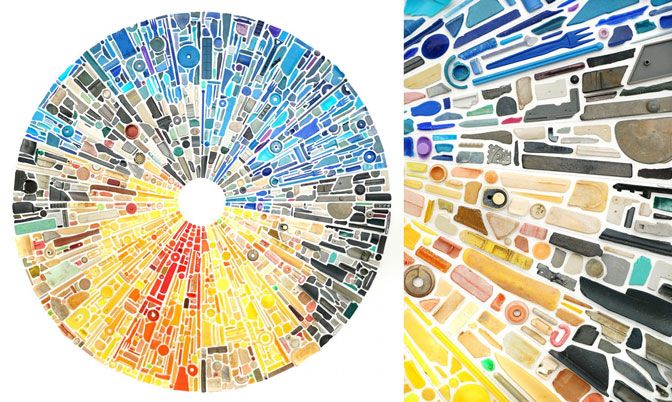
For 25 years Steve McPherson has been collecting washed-up objects on his local beach in the UK. These objects are often broken, bleached by the sun and haggard by their decades under the waves, but under his hands they become beautiful and striking.
“Art is a way of life, it’s an identity. In my waking and dreaming, I make, research, collect materials and exhibit—it encompasses most of my thinking,” he said in an interview.
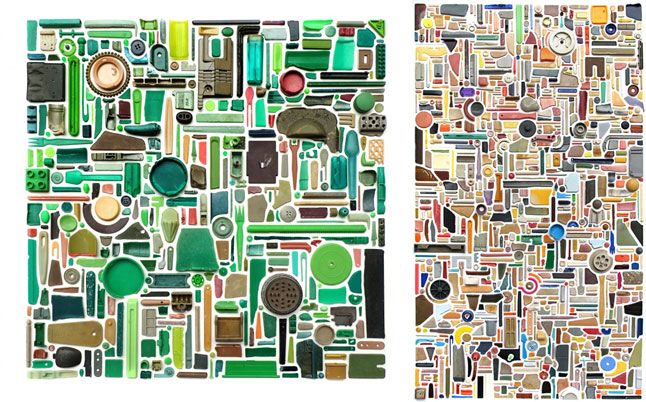
McPherson has been collecting objects on the North Kent Coast since he was a small boy, trudging up seashells and sand dollars like so many of us have. The beaches there are his home, art studio and inspiration. Growing up he was inspired by his grandfather who often painted WW2 aircraft. He wanted to be either a pilot or an artist and when colour blindness made him ineligible for the former, he became an artist instead.
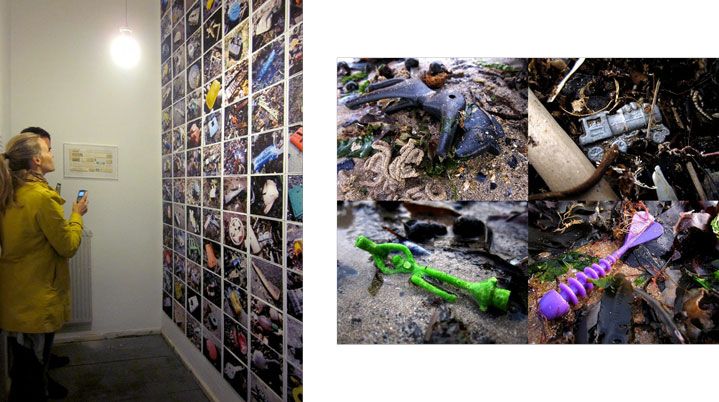
“The very reason I was tested for colour blindness was due to an artistic ‘accident’ at age eight. I had coloured in for a school project—a marine scene no less—of a lighthouse on a cliff top, the waves splashing on the rocky shore,” he explained. “Instead of green for the grass clifftop I had, unbeknown to me, used orange and was graded by my teacher unfairly.”
He believes this revelation deeply changed him and set him on the path he is on today:
“If what I saw every day was wrong, then what other untruths did I experience? I became a child with more questions than others, and in turn, was suspicious of the answers.”

Though the found objects are his only materials, they display the artist's range. His work includes eery collections like heads and doll limbs, that emphasize the deconstructed nature of the objects to stunning colour-coded spheres.
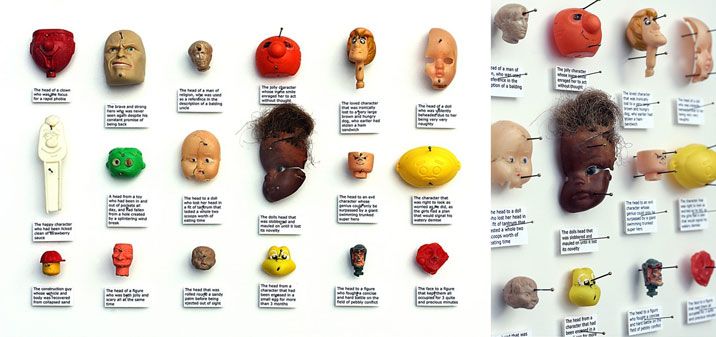
McPherson's family aims to live plastic-free and he embraces the eco-art label often attributed to his work. Plastic is a way of life for all of us. His artwork feels archival and historic—against clinical white backdrops and accompanied by wall labels and pinned down like insects, these objects have been removed from their original context.
The longer one looks at them, the harder it becomes to deny how ordinary they are. Although they’re displayed in museums now, any of the objects may have belonged to us at some point.
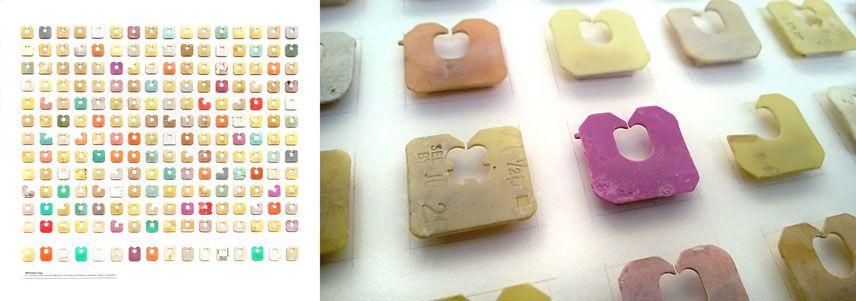
Plastic pollution may sound like an overwhelming problem, and it’s easy to fool ourselves into thinking that if we don’t directly dump our garbage into the ocean we aren’t a part of the problem. When staring at these works it’s impossible to disavow that the yoghurt tub, pencil sharpener or plastic fork might not have passed through your hands at some point.
This is why the United Nations Sustainable Development Goals of Life Below Water and Responsible Consumption and Production have become top priorities.
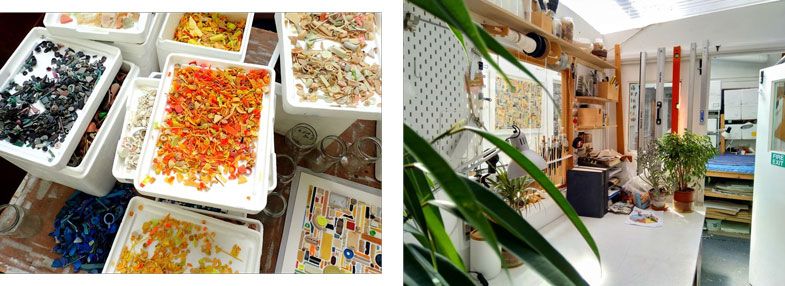
You can learn more about his work through this documentary on YouTube or visit his website here.
